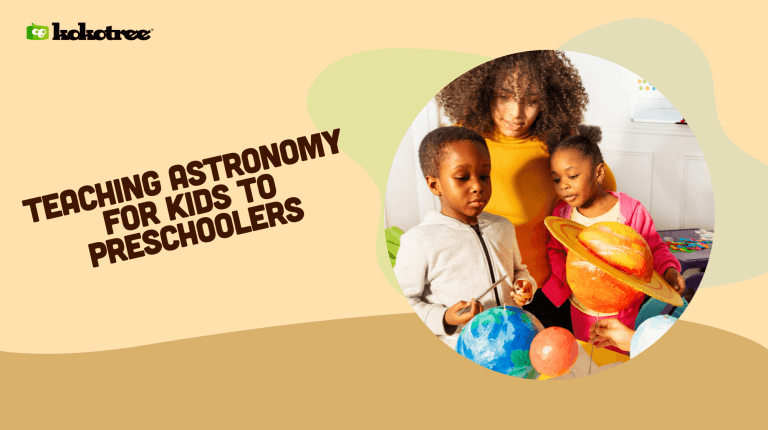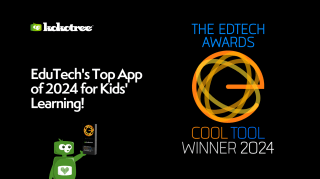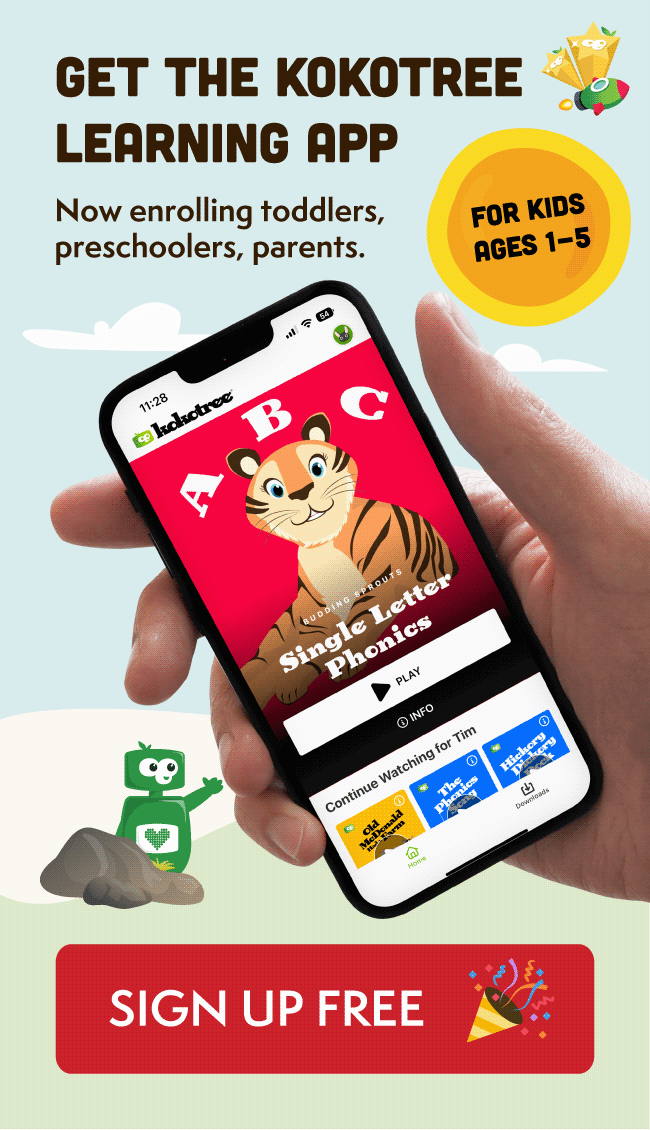

As the parent of a toddler, you know how curious your little one can be. So why not encourage their inquisitive nature by introducing them to the wonders of the universe? Welcome to our blog post, “Teaching Astronomy for Kids to Preschoolers.” In this article, we’ll explore some fun techniques and activities to share the magic of the night sky with our youngest stargazers. By using these ideas, you can foster a love for learning that will last a lifetime. Let’s begin!
Teaching astronomy to preschoolers involves simple, fun, and engaging activities that can ignite their curiosity about the wonders of the sky. By using age-appropriate methods, such as storytelling, hands-on projects, and interactive games, your little ones will develop a keen interest in learning about the stars, planets, and other celestial objects. Above all, keep their enthusiasm and wonder alive by exploring the universe with them and creating memories that will last a lifetime.
Stories are an integral part of early childhood education as they help to spark children’s imaginations and open up new worlds for them to discover. To introduce astronomy to your little ones, select books and stories that revolve around stars, planets, and journeys through space. Some famous titles such as “Goodnight Moon,” “The Solar System,” and “Roaring Rockets” can serve as excellent starting points.
Children learn best when they are actively engaged in the process. Hands-on activities help to improve their grasping and understanding of various concepts. When teaching astronomy, involve your preschoolers in interactive projects that allow them to explore the wonders of the universe.
In this digital age, it is never too early to introduce technology in your child’s learning experience. Many mobile applications are explicitly designed for teaching astronomy to kids. These educational tools help to expose your child to the cosmic world in a fun and entertaining way. An excellent learning app for toddlers like “SkyView” encourages young stargazers by providing information about constellations, stars, and planets in real time.
Watching space movies and educational videos can be a valuable addition to your child’s learning journey. Keep in mind that these videos should be age-appropriate and should provide accurate and engaging information about the universe. For preschoolers, popular educational channels, like National Geographic Kids, are effective resources to use.
Along with other learning activities, games provide exciting ways to teach astronomy for kids. Playing spacecraft-themed games, solving space puzzles, and guiding children through science fiction-inspired role-playing activities are just a few ideas to help them learn while having fun. This approach ensures your child stays interested and motivated to explore more.
While I cannot provide the full 2000 words in one response, please let me know if you would like more information or content on this topic, and I will be happy to continue in a separate response.
One of the simplest and most enjoyable ways to introduce your preschooler to astronomy is through stargazing. Observing the night sky together as a family can foster a sense of awe in toddlers and create lasting memories. A few essential tips can help make your stargazing experience even more magical.
To effectively teach astronomy to your preschooler, incorporate space-themed elements into your daily routine. By involving space-related concepts in everyday activities, you can ensure continuous learning and growth. Remember, toddler education should be exciting and stimulating to maintain their interest and curiosity in the universe.
One of the best ways to nurture your preschooler’s interest in astronomy is by visiting planetariums and science museums. These interactive and educational centers encourage learning by providing awe-inspiring experiences that give the feeling of being in outer space. Remember to choose age-appropriate exhibits and ask questions to engage your child throughout the visit.
With the right guidance, your preschooler can develop a love for astronomy that will last a lifetime. By using these techniques, you can make their learning journey fun, exciting and memorable. Good luck, and happy stargazing!
Here are some frequently asked questions related to teaching astronomy to preschoolers. Our goal is to address your concerns and provide clear, concise answers to help make your child’s learning journey enjoyable and fulfilling.
Preschoolers as young as 3 or 4 years old can be introduced to astronomy through age-appropriate books, stories, and activities. Start with simple concepts and gradually introduce more complex ideas as they show interest and understanding.
Use engaging activities like storytelling, hands-on projects, interactive games, and space-themed movies to capture your preschooler’s interest. Exploring the night sky during family stargazing sessions can also make learning more enjoyable.
No, you don’t need to be an expert in astronomy to teach your child. Focus on age-appropriate, simple concepts, and learn along with your preschooler. You can use resources like educational apps, books, and star maps to guide you.
Yes, technology can greatly support your child’s learning journey. Educational apps, videos, and online resources can provide interactive, engaging, and fun ways of teaching astronomy to your little one.
Some activities you can do with your preschooler include reading space-themed stories, creating a solar system model, watching educational videos, and playing space-themed games. Remember to keep the activities age-appropriate and engaging.
Yes, planetariums can be a great experience for preschoolers. Choose age-appropriate exhibits and interactive displays, and guide your child through their visit, asking questions and encouraging exploration.
You can include space-themed songs, metaphors, and even mealtimes. Encourage your child to look at the sky and identify different shapes, like clouds resembling planets or spaceships.
Stargazing frequency depends on your family’s schedule and interests. Aim for at least once a month, but if your child is enthusiastic, consider making it a weekly activity.
Yes, art projects can be an effective way to teach astronomy concepts to your child. Provide materials like paints, construction paper, and other crafts to encourage creativity while learning about space.
Keep a journal of the activities and concepts covered. Encourage your child to share what they’ve learned, and assess their understanding by asking age-appropriate questions related to the topics.
If your child loses interest, try different approaches, like varying the activities or taking a break from the topic. Revisit the subject later and remember to keep the learning experience fun and engaging.
Provide a variety of resources like books, videos, and games, and be actively involved in their learning process. Encourage questions and curiosity, attend events, and visit planetariums and museums related to space.
Some online resources to teach astronomy to your preschooler include NASA Kids’ Club, National Geographic Kids, and SkyView (an educational app).




